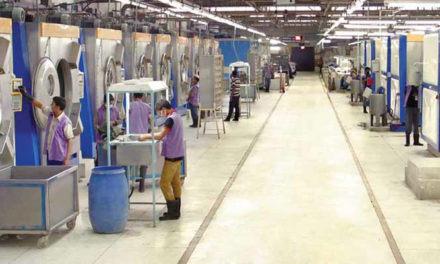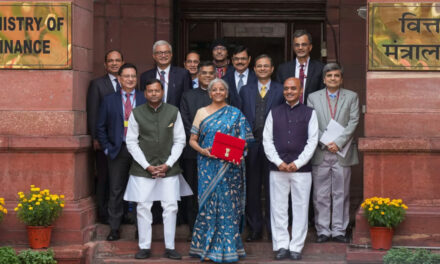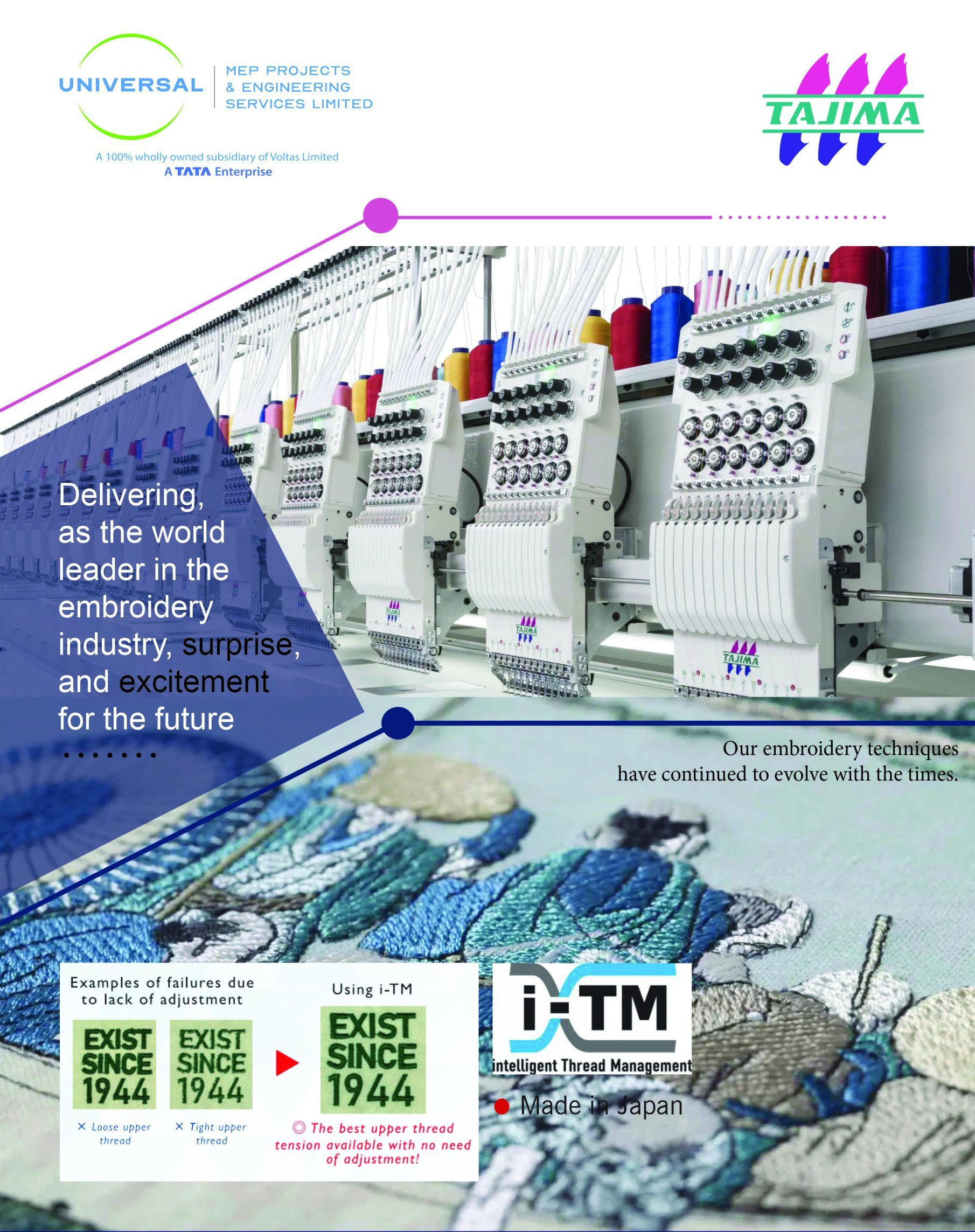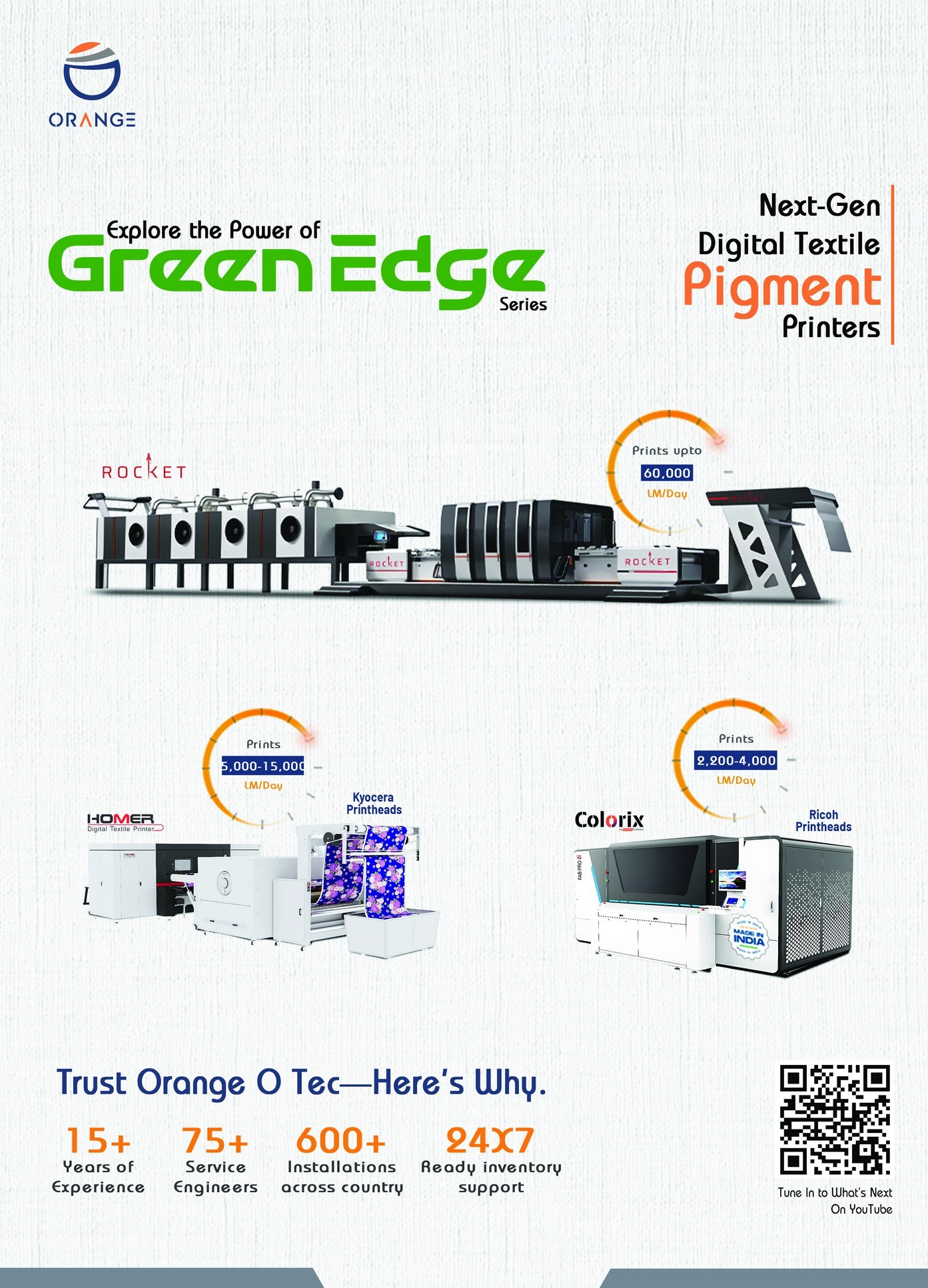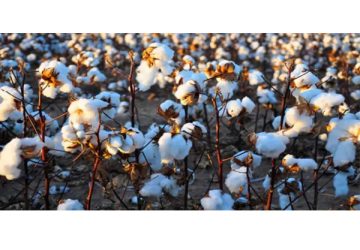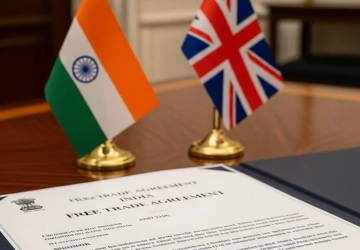
US President Donald Trump’s decision to implement a 25% additional import duty, along with a penalty on Indian goods starting August 1, is set to have a significant impact on India’s textile and apparel industry. As the US remains India’s largest market for textile and apparel exports, industry experts caution that the move could trigger order cancellations and severe pricing pressures.

Sudhir Sekhri, Chairman AEPC
Reacting to the USA President Donald Trump’s announcement of a 25 per cent tariff on Indian imports, along with a penalty, Sudhir Sekhri, Chairman AEPC stated that, “The tariff of 25% is higher than what we expected but we should not be overly worried as long as Vietnam and Bangladesh tariffs are not revised downward from the current levels. Apparel exports are expected to slow down till the announcement of an interim BTA, hopefully to conclude in October-December 2025. The penalty is a grey area and we hope the Government of India (GOI) will negotiate this with the US before 1st August 2025.”
The USA is a key market for Indian RMG exports, with the country holding a share of 33% in India’s total garment exports in 2024. India’s presence in the U.S. garment import market has grown, with its share increasing from 4.5% in 2020 to 5.8% in 2024 and ranks 4th among the top RMG exporters to the United States. China continues to be the top exporter, with a market share of 21.9% in 2024, down from 27.4% in 2020. Together China, Vietnam, and Bangladesh supplied 49% of U.S. apparel imports in 2024.
Top three most exported products by India to USA (share in India’s total RMG exports to USA): Cotton T-shirts (9.71%); Women or girl’s dresses of Cotton (6.52%); Babies’ garments of Cotton (5.46%), etc. The top three exports of India to USA holds 10%, 36%, 20% share in USA total imports of the respective products globally.

Rakesh Mehra, Chairman, CITI
The Confederation of Indian Textile Industry (CITI) feels that the new US tariff rate for India presents a stiff challenge for India’s textile sector. However, CITI remains hopeful that the tariff issue will get resolved once the proposed bilateral trade agreement (BTA) between India and the United States is in place.
US President Donald Trump has announced a 25% tariff on India plus a “penalty” amount which has not been specified, effective August 1. The US is India’s largest market for textile and apparel exports. During January-May 2025, US imports of textile and apparel from India were valued at $4.59 billion, a rise of more than 13% compared to the same period last year when the figure stood at $4.05 billion.
The US has imposed a 35% tariff on exports from Bangladesh. The US tariff rates for Indonesia, Vietnam, and Cambodia have been fixed at 19%, 20%, and 36% respectively.
“Without a doubt, the new tariff rate is going to seriously test the resolve and resilience of India’s textile and apparel exporters as we will not enjoy a significant duty differential advantage vis-à-vis many other countries, except Bangladesh, with whom we compete for a larger share of the US market. The lack of clarity on the penalty amount further adds to the uncertainty for businesses as planning becomes difficult,” CITI Chairman Shri Rakesh Mehra said.
“That said, CITI anticipates the tariff issue to get resolved following the BTA between India and the US. In the interim, we will have to deal with this tough situation in the best manner possible by doing all we can to raise the competitiveness of the Indian textile and apparel domain,” Shri Mehra added.
Mehra said CITI would look forward to the government working out a mechanism to aid exporters to counter the adverse impact of the US tariffs on India’s textile and apparel arena. “After all, what is at stake is not just export earnings but also employment generation in India, the world’s most populous nation,” Shri Mehra pointed out. India has set itself a target of achieving textile exports worth $100 billion by 2030.
Mehra said CITI is working closely with the government and industry members to raise the business competitiveness of local textile and apparel companies so that these enterprises can become more future-ready organizations. “India’s textile sector is dotted with MSMEs. We are trying to make them more focused on quality, innovation, and sustainability,” Shri Mehra added.

Rajeev Gupta, Joint Managing Director, RSWM Ltd
“The 25% tariff by the U.S. comes as a temporary setback, especially when expectations were set around 15–20%. While it might lead to a slowdown in the short term, we believe it’s not a long-lasting disruption. Our Free Trade Agreement with the UK opens up varied opportunities and is a welcoming move for the industry. India’s capacity and trained labour constraints remain, what will set us apart is focus on the UK market to ensure sustained business. Indian entrepreneurs and manufacturers are resilient, and we are confident that business momentum will be consistently rising with planned strategies. What remains crucial is clarity on the tariff position against China. A more pressing concern is the undefined penalty clause linked to India’s ties with Russia, which adds a layer of uncertainty.”
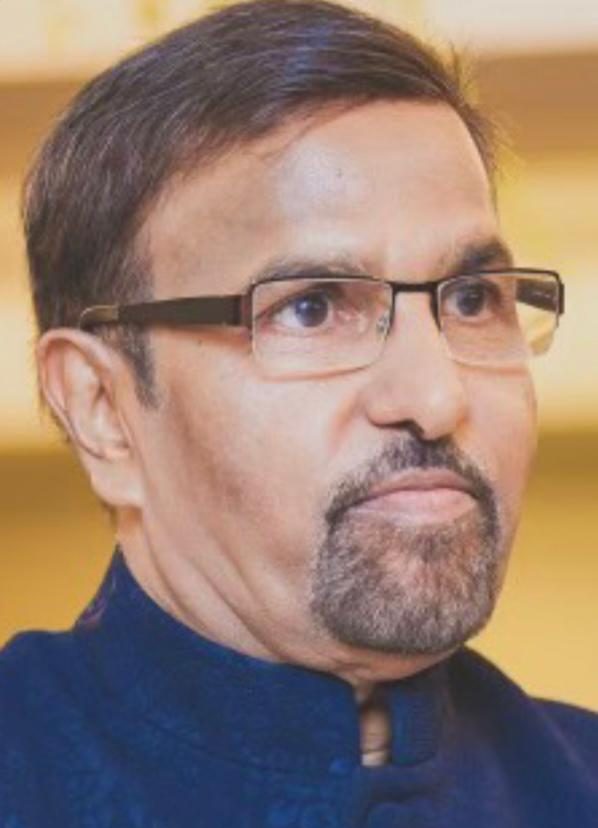
Dr. Mukesh Kansal, Chairman, CTA Apparels
President Trump’s decision to impose a 25% tariff, coupled with additional penalties, may temporarily challenge India’s price advantage and redirect competitiveness toward nations with preferential trade agreements. However, India’s true strength extends far beyond cost. Our unmatched quality, manufacturing scale, and proven reliability form the foundation of our global leadership.
While this development may create short-term margin pressures, it will serve as a powerful catalyst for Indian manufacturers to innovate, diversify their markets, and embrace higher-value capabilities. In the long run, such changes will not weaken India — they will accelerate our evolution into a more resilient, technology-driven, and globally indispensable manufacturing powerhouse.”


